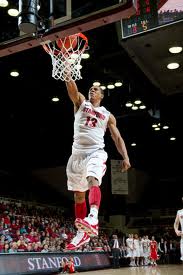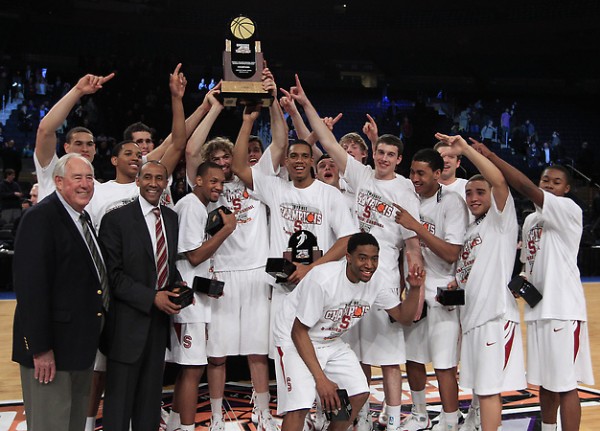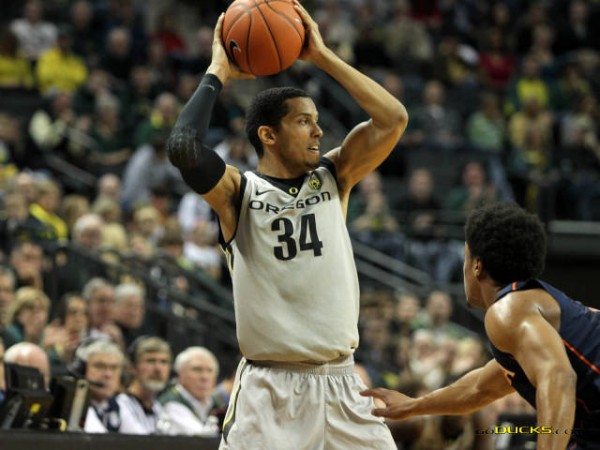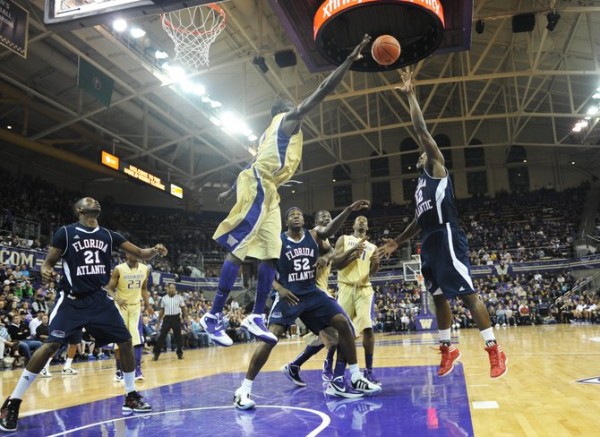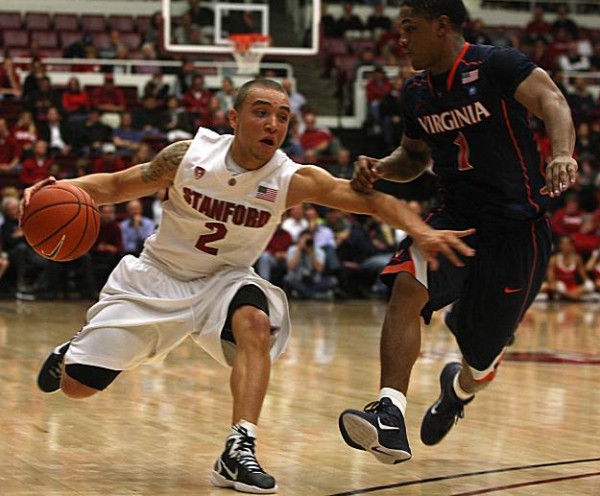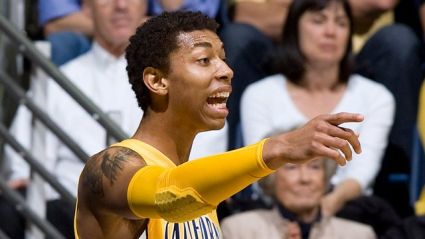Stanford Week: Q&A With Pachoops’ Adam Butler
Posted by Connor Pelton on July 22nd, 2012As we go to wind down our coverage of the Stanford basketball program, we head back to Adam Butler of Pachoops for his perspective on the Cardinal basketball program. Adam and I go over every pressing topic surrounding the team’s immediate future, including how they plan on replacing three key seniors and expectations for sophomore-to-be extraordinaire, Chasson Randle. Here’s our conversation:
RTC: How do the Cardinal replace players like Josh Owens, Jarrett Mann, and Andrew Zimmerman?
AB: First of all, you don’t replace an Andrew Zimmerman. Beards like that don’t come around often, but when they do, they’re irreplaceable. On the court, however, Mann and Zimmerman were very solid role players and integral to the success of a Johnny Dawkins team in which hustle and defense would seem to be heavily rewarded. How else does a guy averaging 3 PPG and 3 RPG (Mann) play 20 MPG? So replacing those guys in some respects is easy in that they brought effort to the table. Guys like Josh Huestis, Gabriel Harris, and John Gage should be able to fill those roles. But it’s Owens who leaves the most gaping hole in the Cardinal lineup. Hustle, effort, all of the Tebow stuff, cannot replace talent, and Josh Owens had that. I loved his game and believe he’ll be tough to replace. But this is a roster seemingly full of eligible Owens replacements. My favorite of those candidates is Dwight Powell, who has length and athleticism for days but basketball IQ for minutes. Some more floor time for the rangy Canadian should go a long way in helping the Cardinal replace Owens. I’ll talk about Anthony Brown later.
RTC: Through some luck and upsets along the way, Stanford never faced a team seeded higher than fifth in the NIT. Do you think it would have won the whole thing if they had to face teams like Mississippi, Arizona, and Seton Hall instead of Illinois State, Nevada, and Massachusetts?






























